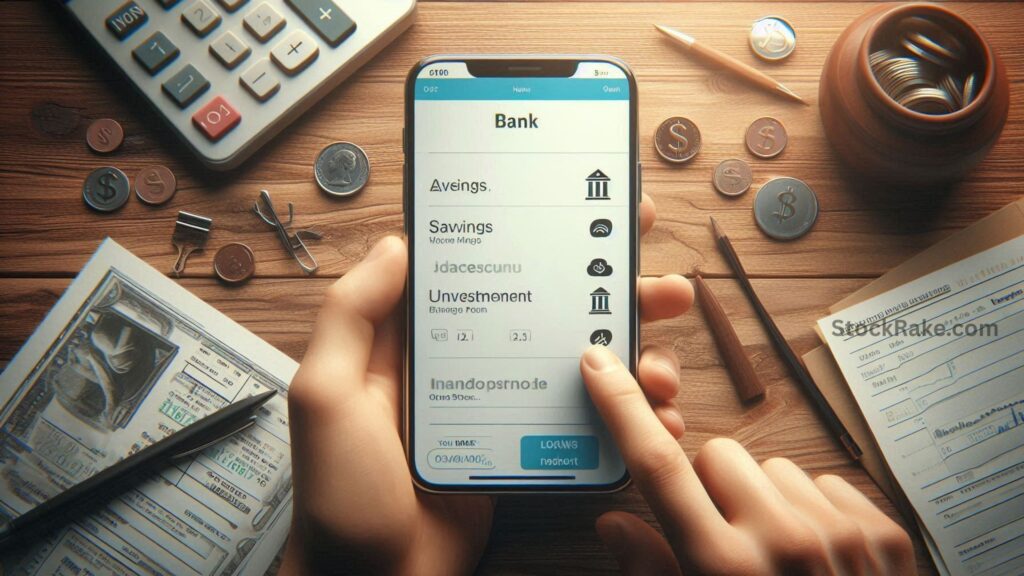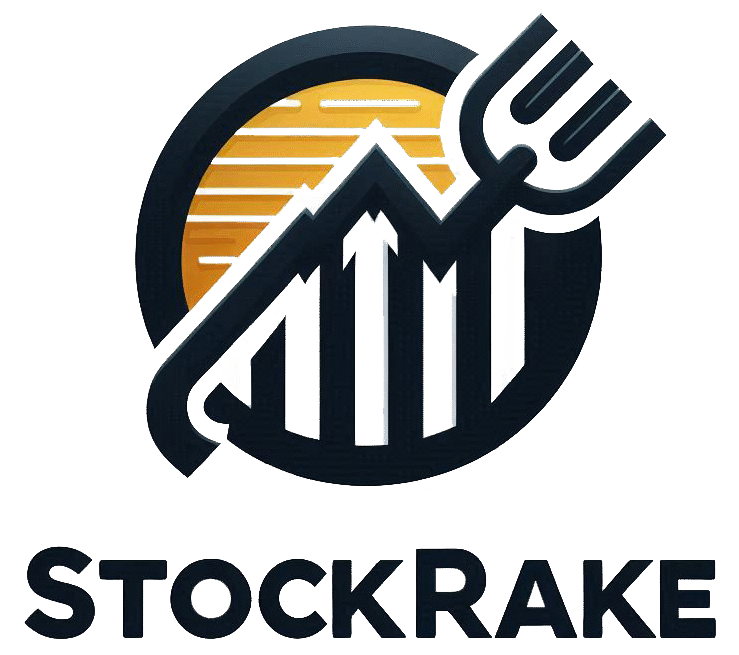When it comes to managing your money, one of the most common questions is:
“How much should I save—and how much should I invest each month?”
It’s a tricky balance. Saving feels safe and comforting, while investing promises growth and long-term wealth. But if you put too much in one and neglect the other, you could either limit your financial growth or expose yourself to unnecessary risk.
In this guide, we’ll break down exactly how saving and investing work, how to decide the right split for your goals, and expert-backed strategies to make your money work smarter—not just harder.
The Basics: Saving vs. Investing
Understanding the difference between saving and investing is step one to achieving financial success.

What Is Saving?
Saving means setting aside money in a secure place that’s easily accessible and low risk. Think of it as your financial safety net.
Common places to save:
- Traditional or online savings accounts
- Money market accounts
- Certificates of Deposit (CDs)
These accounts are typically FDIC or NCUA insured, meaning your funds are protected (up to $250,000 per depositor, per institution). That makes saving ideal for short-term goals and emergencies.
Pros of saving:
- ✅ Safe and insured
- ✅ Easy access to funds
- ✅ Ideal for emergencies or short-term goals
Cons of saving:
- ❌ Low returns
- ❌ Savings may not keep up with inflation
In other words, saving keeps your money secure—but it won’t necessarily make it grow.
💡 Think of saving as protecting your wealth—not multiplying it.
What is Saving?
Saving is when you put money aside in a safe place—like a bank account—that gives you easy access to your funds. It’s low risk and low reward.
Examples of where you can save:
- Savings accounts (traditional or online)
- Money market accounts
- Certificates of deposit (CDs)
The main benefit? Your money is safe and easy to access, especially in emergencies or for short-term goals. Plus, most savings accounts are insured by the FDIC or NCUA, so even if your bank fails, your money is protected.
But there’s a catch: The returns are usually small, and your savings might not grow much over time.

Also Read: What Are the Safest Stocks for Uncertain Markets?
What Is Investing?
Investing is putting your money into assets like stocks, bonds, ETFs, mutual funds, or real estate with the goal of long-term growth. Unlike saving, investing involves risk, but also potentially higher returns.

You can invest through:
- Brokerage accounts
- Retirement accounts (401(k), IRA, or Roth IRA)
- Mutual funds, ETFs, or index funds
While the market fluctuates, investing helps you outpace inflation and build wealth over time—especially when you start early.
Pros of investing:
- ✅ Higher long-term returns
- ✅ Builds wealth and financial freedom
- ✅ Helps reach big goals (retirement, home, education)
Cons of investing:
- ❌ Risk of loss during downturns
- ❌ Less liquidity—your money may be tied up
- ❌ Requires knowledge and patience
As financial advisor Bradley Baskir says,
“Saving is like walking; investing is like running. You need both—but learn to walk before you run.”
When to Save vs. When to Invest
The right mix depends on your timeline, risk tolerance, and financial goals. Here’s how to decide.

1. How Soon Will You Need the Money?
- 💰 Need it within 12 months? → Save it.
Example: vacation, car repairs, emergency fund. - 📈 Need it in 5–10+ years? → Invest it.
Example: retirement, college fund, down payment.
Short-term money needs should never depend on market performance.
2. What’s Your Risk Tolerance?
Your personality and comfort level with volatility matter.

- If you hate risk or losing money stresses you out → Stick to saving.
- If you can handle market ups and downs → Invest for long-term growth.
Tip: A quick self-test is to ask, “How would I feel if my portfolio dropped 20% tomorrow?”
If the answer is “I’d panic,” you’re not ready for heavy investing yet.

Also Read: What Are the Best High-Interest Savings Accounts in 2025?
3. What Are Your Goals?
| Goal Type | Example | Best Option |
|---|---|---|
| Short-Term | Vacation, new car, emergency fund | Saving |
| Medium-Term | Buying a home, wedding, education | Both |
| Long-Term | Retirement, financial independence | Investing |
Your goals define your strategy. As your income, family situation, and priorities change, so should your save-invest ratio.
Real-Life Example: Balancing Saving and Investing
Imagine you’re 37, single, and earn a solid income. You’ve paid off debts and freed up $500/month to allocate wisely.
Your goals:
- Build a larger emergency fund
- Save for retirement
- Set aside money for travel
Smart breakdown:
- 🏦 $200 → Boost your emergency fund (aim for 3–6 months’ expenses)
- 💹 $250 → Invest in your 401(k), IRA, or ETF portfolio
- 🌴 $50 → Save for travel or short-term fun
This approach builds security while keeping your long-term wealth growing. Over time, as your emergency fund is full, you can shift more toward investments.
Choosing the Right Accounts

Best Options for Saving
Look for accounts that combine safety + higher yield, such as:
- High-yield online savings accounts
- Money market accounts
- CD ladders
Compare rates on trusted sites like Bankrate or NerdWallet. In 2025, some online banks offer APYs above 4.5%, making your savings work a bit harder.
Best Options for Investing
If you’re new to investing, start simple:
- Robo-advisors like Betterment or Wealthfront (automated investing)
- Brokerage accounts (Fidelity, Vanguard, Charles Schwab)
- Retirement accounts (401(k), Roth IRA)
Most modern platforms have no account minimums and zero commission trades, making it easier than ever to start investing—even with $50.
💡 Consistency beats timing. Investing $100 monthly for 10 years often outperforms waiting for the “perfect” moment.

Also Read: Why Is the Stock Market Down Today? [Daily Update]
How Much Should You Save vs. Invest Each Month?
A common guideline is the 50/30/20 rule, but you can tailor it:
- 50% → Needs (housing, food, utilities)
- 30% → Wants (entertainment, travel)
- 20% → Savings & investments
Within that 20%, a good starting point might be:
- 10% savings (emergency, short-term goals)
- 10% investments (retirement, long-term goals)
As your income grows, increase the investment side gradually.
Expert Tips to Balance Saving and Investing
- Always have an emergency fund first.
Aim for 3–6 months of expenses before heavy investing. - Automate everything.
Set automatic transfers for both savings and investments each payday. - Use “windfall” money wisely.
Tax refund or bonus? Split it 50/50 between saving and investing. - Revisit annually.
Your life changes—so should your financial plan. Review every year. - Avoid analysis paralysis.
Waiting for the “perfect” time to invest often costs more than market dips.
Conclusion: The Smart Mix for Financial Growth
Saving and investing aren’t enemies—they’re partners in your financial journey.
- Save first to protect yourself from unexpected expenses.
- Invest next to make your money grow for the future.
As your confidence builds, tilt the balance toward investments that grow your wealth while maintaining a safety cushion.
Final takeaway: Start small, stay consistent, and let time and discipline do the heavy lifting.
FAQs: Saving vs. Investing
Q1. What’s a good split between saving and investing?
Start with 50/50, then adjust. As your emergency fund grows, increase your investment percentage.
Q2. Should I pay off debt before investing?
Yes—especially high-interest debt (like credit cards). After that, balance debt payoff with long-term investing.
Q3. Is investing risky in 2025’s economy?
Markets are unpredictable, but diversification and long-term focus reduce risk. Short-term volatility shouldn’t derail your plan.
Q4. How much should I keep in my emergency fund?
At least 3–6 months of living expenses. Freelancers or single-income households may need 6–12 months.
Q5. Can I invest small amounts monthly?
Absolutely. Many platforms allow investments from $10–$100 monthly. Consistency is key.


